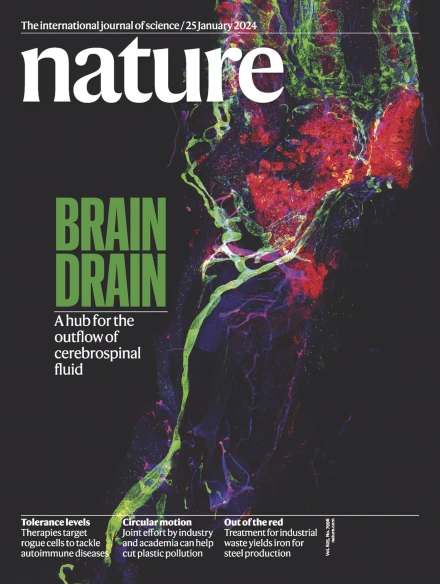医学图像判读的多模态生成AI
IF 48.5
1区 综合性期刊
Q1 MULTIDISCIPLINARY SCIENCES
引用次数: 0
摘要
准确地解读医学图像并生成富有洞察力的叙事报告是患者护理不可或缺的,但这给临床专家带来了沉重的负担。人工智能(AI)的进步,特别是在我们称之为多模态生成医学图像解释(GenMI)的领域,为这一复杂过程的部分自动化创造了机会。在这个视角中,我们综合了开发用于从图像生成医疗报告的人工智能系统的进展和挑战。我们广泛关注放射学作为一个具有巨大报告需求和研究努力的领域。除了分析医学报告生成新模型的优势和应用之外,我们还提倡一种新的范例,以一种赋予临床医生及其患者权力的方式部署GenMI。初步研究表明,GenMI有一天可以在生成放射学、病理学和皮肤病学等跨学科报告方面与人类专家的表现相媲美。然而,在验证模型准确性、确保透明度和引发细微印象方面仍然存在巨大障碍。如果认真实施,GenMI可以有意义地帮助临床医生提高护理质量,加强医学教育,减少工作量,扩大专业准入并提供实时专业知识。总体而言,我们强调了开发多模式生成人工智能的机遇和主要挑战,以补充人类专家撰写可靠的医疗报告。本展望描述了人工智能的最新进展如何被用于自动化医学图像解释,以补充人类的专业知识,并赋予医生和患者权力。本文章由计算机程序翻译,如有差异,请以英文原文为准。

Multimodal generative AI for medical image interpretation
Accurately interpreting medical images and generating insightful narrative reports is indispensable for patient care but places heavy burdens on clinical experts. Advances in artificial intelligence (AI), especially in an area that we refer to as multimodal generative medical image interpretation (GenMI), create opportunities to automate parts of this complex process. In this Perspective, we synthesize progress and challenges in developing AI systems for generation of medical reports from images. We focus extensively on radiology as a domain with enormous reporting needs and research efforts. In addition to analysing the strengths and applications of new models for medical report generation, we advocate for a novel paradigm to deploy GenMI in a manner that empowers clinicians and their patients. Initial research suggests that GenMI could one day match human expert performance in generating reports across disciplines, such as radiology, pathology and dermatology. However, formidable obstacles remain in validating model accuracy, ensuring transparency and eliciting nuanced impressions. If carefully implemented, GenMI could meaningfully assist clinicians in improving quality of care, enhancing medical education, reducing workloads, expanding specialty access and providing real-time expertise. Overall, we highlight opportunities alongside key challenges for developing multimodal generative AI that complements human experts for reliable medical report writing. This Perspective describes how recent advances in artificial intelligence could be used to automate medical image interpretation to complement human expertise and empower physicians and patients.
求助全文
通过发布文献求助,成功后即可免费获取论文全文。
去求助
来源期刊

Nature
综合性期刊-综合性期刊
CiteScore
90.00
自引率
1.20%
发文量
3652
审稿时长
3 months
期刊介绍:
Nature is a prestigious international journal that publishes peer-reviewed research in various scientific and technological fields. The selection of articles is based on criteria such as originality, importance, interdisciplinary relevance, timeliness, accessibility, elegance, and surprising conclusions. In addition to showcasing significant scientific advances, Nature delivers rapid, authoritative, insightful news, and interpretation of current and upcoming trends impacting science, scientists, and the broader public. The journal serves a dual purpose: firstly, to promptly share noteworthy scientific advances and foster discussions among scientists, and secondly, to ensure the swift dissemination of scientific results globally, emphasizing their significance for knowledge, culture, and daily life.
 求助内容:
求助内容: 应助结果提醒方式:
应助结果提醒方式:


